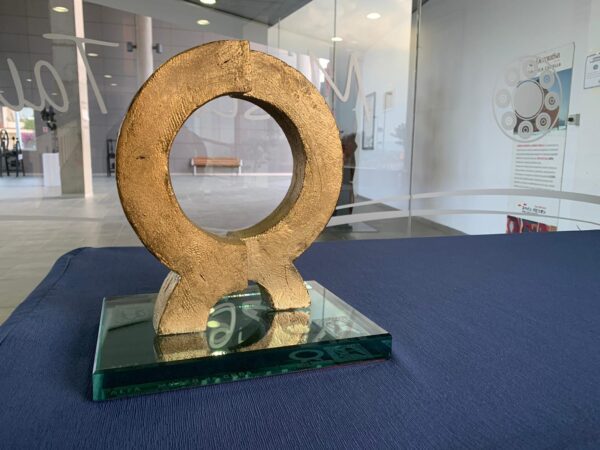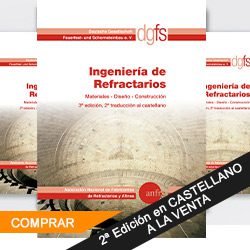La #COVID-19 ha traído consigo, además de una crisis sanitaria y económica, innumerables inconvenientes, en lo que a la consecución de #procesos_legislativos se refiere. Parece que la nueva forma de legislar, en la que la participación está cada vez más deteriorada, ha venido para quedarse.
Esta pandemia de la #COVID-19 ha marcado un antes y un después en nuestras formas de relacionarnos, tanto en el ámbito personal, como en el profesional. Las restricciones y las medidas de protección, que nos hemos visto obligados a adoptar, han hecho que la manera de trabajar a la que estábamos acostumbrados haya cambiado de forma radical. Los #procesos_legislativos no han sido una excepción y se han visto intensamente afectados por este nuevo modo de hacer, en el que los plazos se están viendo dilatados y la participación, en contra de lo esperado, está siendo menoscabada.
Handicaps acarreados por el trabajo en plena pandemia
Han pasado ya diez meses desde que la pandemia de la #COVID-19 estallara. Lo que a principios de marzo del año pasado se consideraba prioritario, hoy ya no lo es tanto, multiplicándose al mismo tiempo las iniciativas y #procesos_legislativos que tratan de dar respuesta a las necesidades de la sociedad, surgidas a consecuencia de la situación sanitaria y social. Todo ello nos ha llevado a entrar en una vorágine legislativa en permanente cambio, con plazos de respuesta cada vez más ajustados y solapes que dificultan la armonización de dichas iniciativas.
Al mismo tiempo, la situación obliga a que los plazos de respuesta sean cada vez más ajustados, pero eso no significa que los procesos legislativos en sí sean más cortos. En la actualidad, y admitiendo que la capacidad de respuesta sea necesariamente más limitada, hay #procesos_legislativos que se están dilatando en exceso.
La aludida limitada capacidad de respuesta no está únicamente afectada por los acotados márgenes concedidos. Las interlocuciones vienen sustentadas por reuniones o conversaciones telemáticas, que han provocado que el ambiente de trabajo sea más frío y se haya perdido la complicidad espontánea que surge en las reuniones presenciales. Además, la saturación de los interlocutores en las administraciones y demás organismos (por una excesiva cantidad de reuniones, conferencias, webinars, etc.) tampoco facilitan un dialogo fluido, lo que, unido a situaciones de paros o reducciones de trabajo intermitentes en las empresas, dificulta los análisis técnicos profundos a realizar por los sujetos de las futuras legislaciones.
Adicionalmente a la incertidumbre económica y a la complicación técnica dada la situación de trabajo distribuido, hay que sumarle que parece primarse “la cantidad” de nueva legislación sobre “la calidad” de la misma, lo que hace que las memorias de impacto normativo tiendan a ser superfluas y poco críticas (tanto a nivel europeo y nacional como regional).
FMP BREF, ejemplo de un proceso legislativo golpeado por la #COVID-19
Un ejemplo de ello es el Ferrous Metal Processing BREF (del inglés Best available techniques Reference document) o FMP BREF, documento que recoge las Mejores Técnicas Disponibles (MTD) a aplicar por el sector siderúrgico en los procesos de tratamiento de los metales ferrosos que se producen durante la laminación y el acabado del acero. Se trata de un documento que marcará los límites ambientales a cumplir por las plantas ubicadas en la Unión Europea y, en consecuencia, las inversiones en ellas a realizar en los próximos años para obtener la licencia para operar.
Tras la dos veces cancelada reunión final de revisión del FMP BREF —la pandemia no dejó que se realizara en abril y volvió a anularse en octubre—, el EIPPCB (European IPPC Bureau) decidió realizarla telemáticamente. Esto ha traído consigo una vorágine de reuniones preparatorias, idas y venidas de versiones del documento, videoconferencias y llamadas por parte de todos los participantes (unos sesenta, contando con el propio IPPC Bureau, EUROFER, asociaciones nacionales que representan al sector en los países y las autoridades de cada uno de ellos). En definitiva, lo que iba a tratarse de una semana de reuniones presenciales en Sevilla, se tornó a dos reuniones semanales de nueve horas cada una (a veces hasta doce horas), durante dos meses y medio, con sesenta participantes (cada cual con sus particularidades tecnológicas), conectados vía plataforma digital.
 Aspectos positivos dentro de esta vorágine
Aspectos positivos dentro de esta vorágine
No obstante, esta nueva forma de trabajar no solo ha traído trabas, también hay aspectos que están funcionando mejor que nunca y que no debemos pasar por alto. Cabe destacar que la necesidad de una extensa preparación de cara a cada una de las reuniones de cualquier proceso legislativo en los que estamos participando, hace de la debilidad virtud y nos obliga a aprovechar la tecnología al máximo y a generar una capacidad de respuesta muy rápida a opciones planteadas por parte de las administraciones (siempre y cuando se base en conocimientos de expertos accesibles).
¿Qué nos deparará 2021?
No esperamos que 2021 vaya a romper con la tónica que se ha convertido en habitual desde la aparición de la #COVID-19. Este año viene cargado de iniciativas legislativas, con el riesgo de que unos #procesos_legislativos se solapen con los otros, limitando la posibilidad de participación y requiriendo un gran esfuerzo para hacerlo.
Pese a lo anterior, desde UNESID nos seguiremos esforzando para, incluso, incrementar el nivel participativo de la industria siderúrgica española y que esté más presente y preparada que nunca en un entorno legal cada día más volátil.

Miren Elosegui
Experta Técnico Medioambiental













 Aspectos positivos dentro de esta vorágine
Aspectos positivos dentro de esta vorágine

